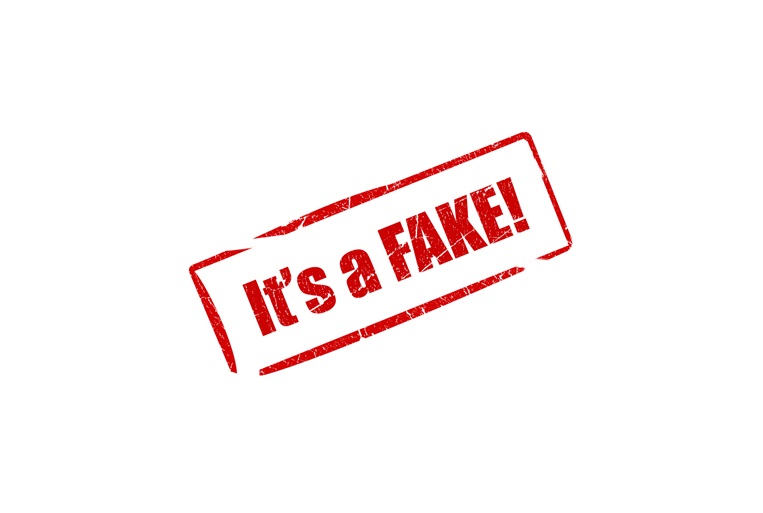LiFi technology, short for Light Fidelity, uses light from LED bulbs to transmit internet data instead of the radio waves our WiFi routers currently broadcast.
The LED lamps flicker extremely quickly to emit a frequency of light that can transmit data at incredible speeds.
LiFi technology has been demonstrated by streaming a video on a smartphone placed under a lamp fitted with an LED lamp. The smartphone was reportedly not connected to WiFi routers or anything else that could provide an internet connection. It was wirelessly connected to a lamp, which is a pretty weird thing to type or say out loud.
LiFi is more secure than WiFi because light can’t go through walls like WiFi radio signals can. That means only the people in the same room as the LiFi lamp can connect to your internet connection.
Some are also seeing LiFi as a solution in places where WiFi signals create interference with equipment. It would be great in hospitals, for example, as LiFi wouldn’t interfere with wireless medical equipment like WiFi signals can.
 Like every good thing, there’s a catch.
Like every good thing, there’s a catch.
For one, devices need a direct, uninterrupted field of view with the LiFi lamp. You can break the signal by merely placing a hand between your device and the LiFi lamp.
LiFi is still a laboratory technology but testing began in 2015 in French museums and shopping malls, and Belgium, India, and Estonia are among the first few countries testing LiFi, as well.
LiFi technology also needs special components to register the LiFi signal, much like the WiFi radio in our wireless devices. At the moment, very few devices have these components built in.
In November last year, Li-Fi pioneers pureLiFi joined forces with French lighting company Lucibel aiming to bring out Li-Fi enabled products, later this year.
pureLiFi already have two products on the market: Li-Flame Ceiling Unit to connect to an LED light fixture and Li-Flame Desktop Unit which connects to a device via USB, both aiming to provide light and connectivity in one device.
Plus, with faster connectivity and data transmission it’s an interesting space for businesses. The integration of internet of things devices and Li-Fi will provide a wealth of opportunities for retailers and other businesses alike. For example, shop owners could transmit data to multiple customers’ phones quickly, securely and remotely.
Whether or not Li-Fi will live up to its hype is yet to be decided, however the early signs are full of anticipation.
Powercor – At the forefront of new lighting technologies.








